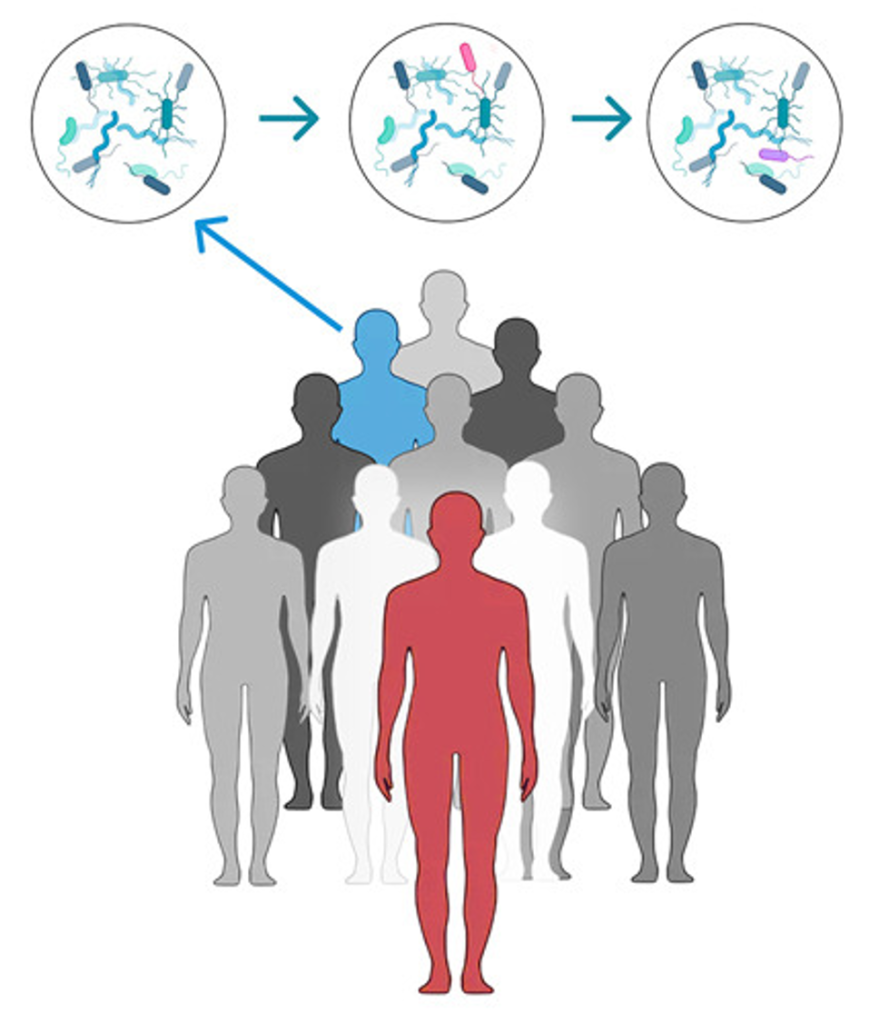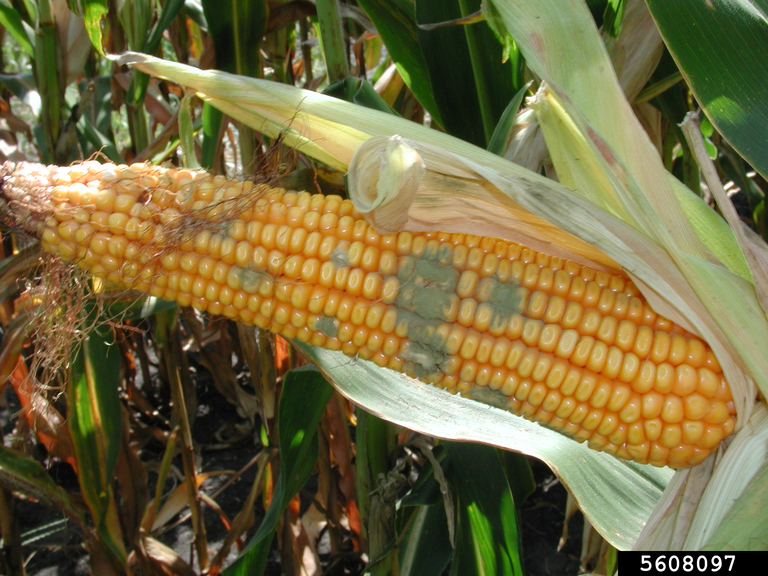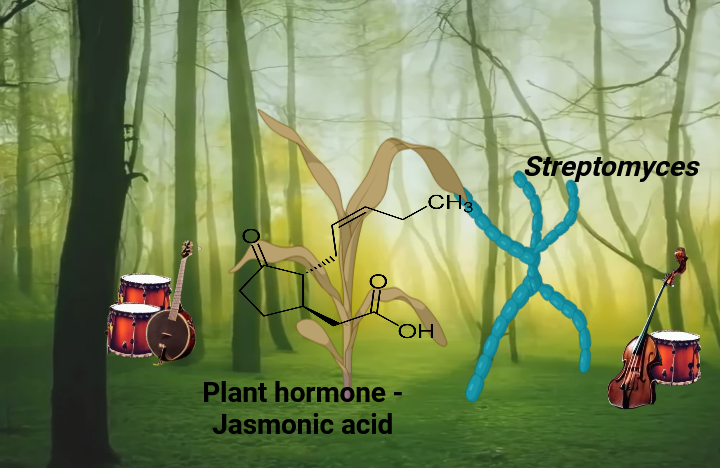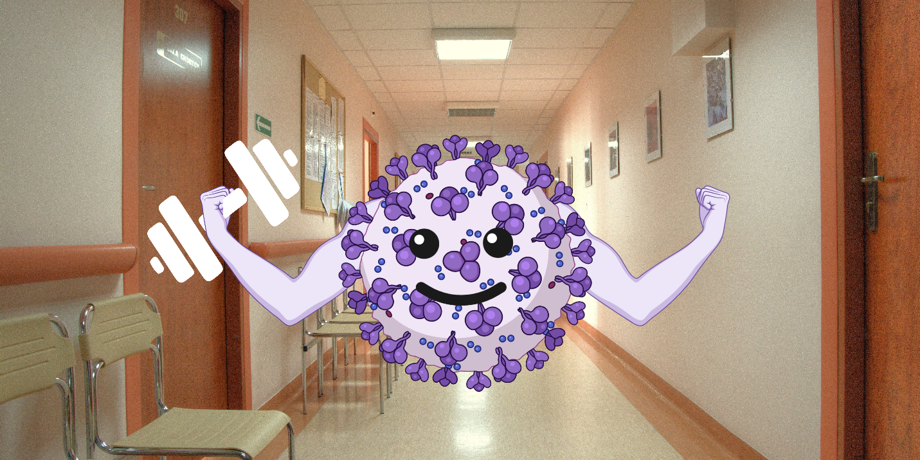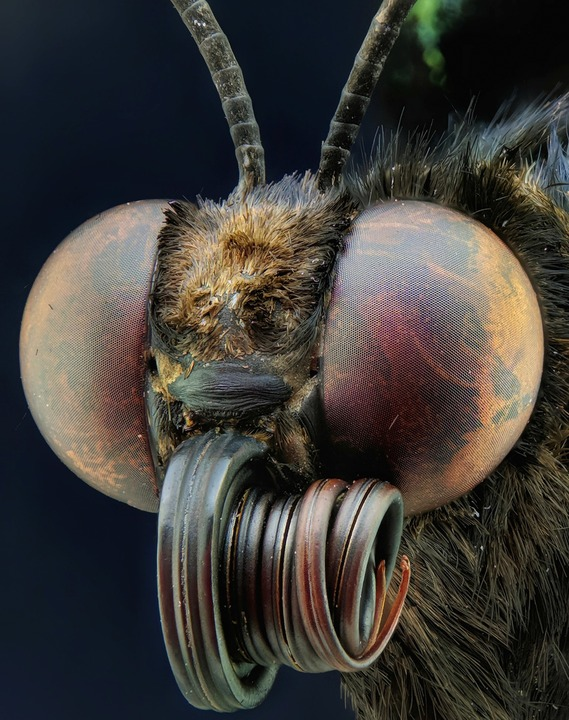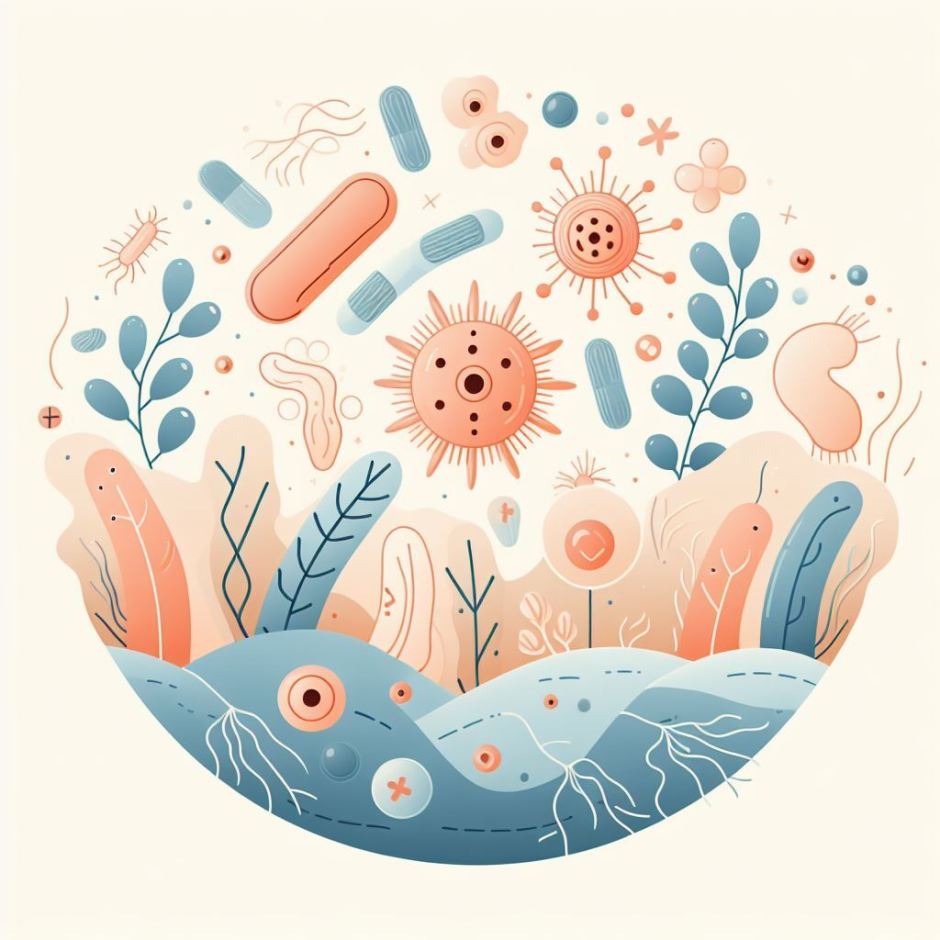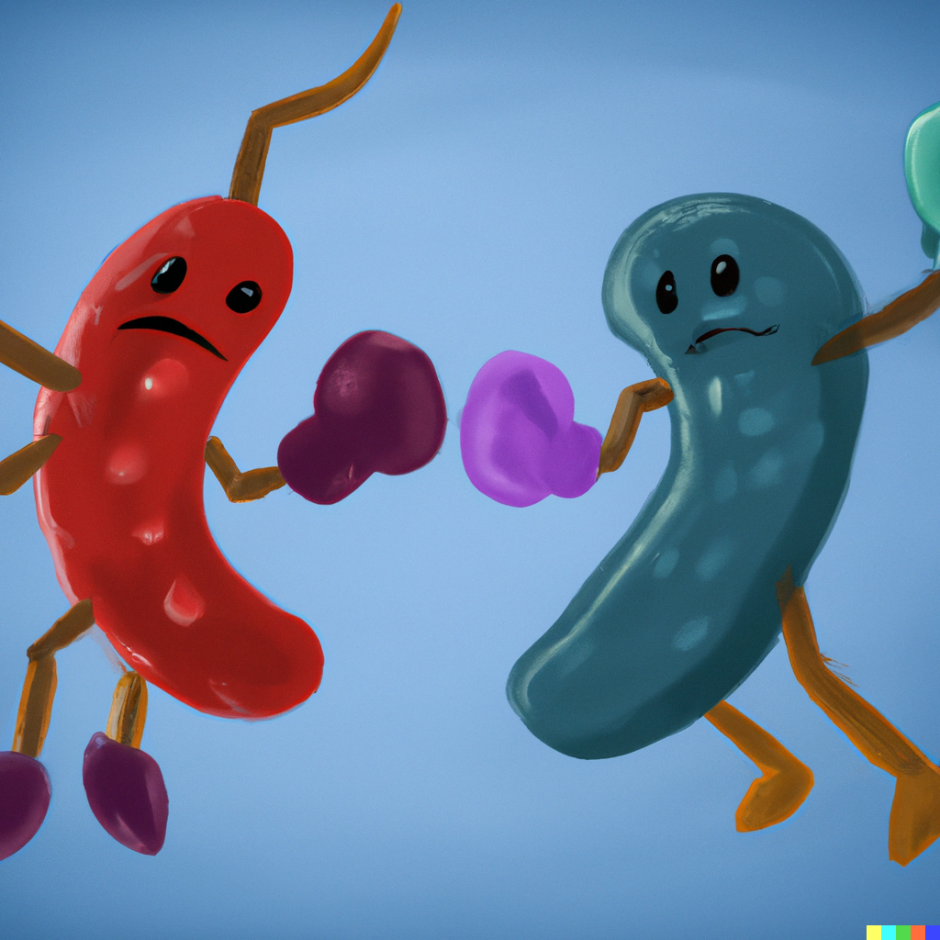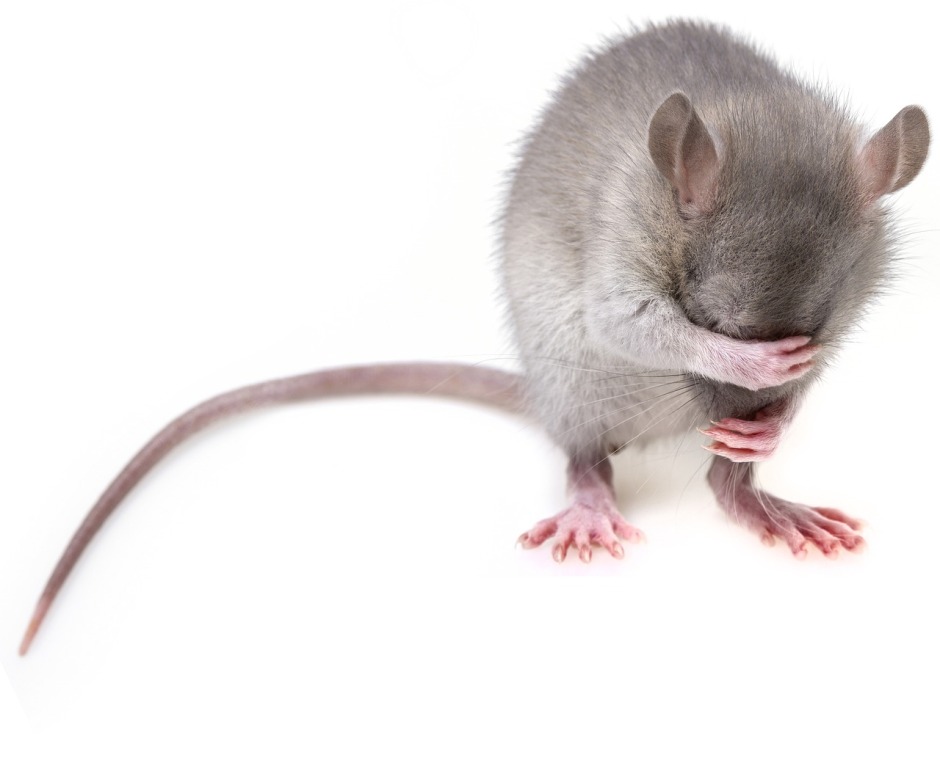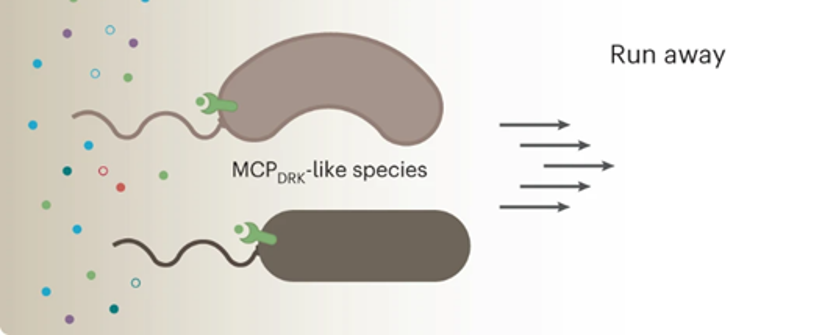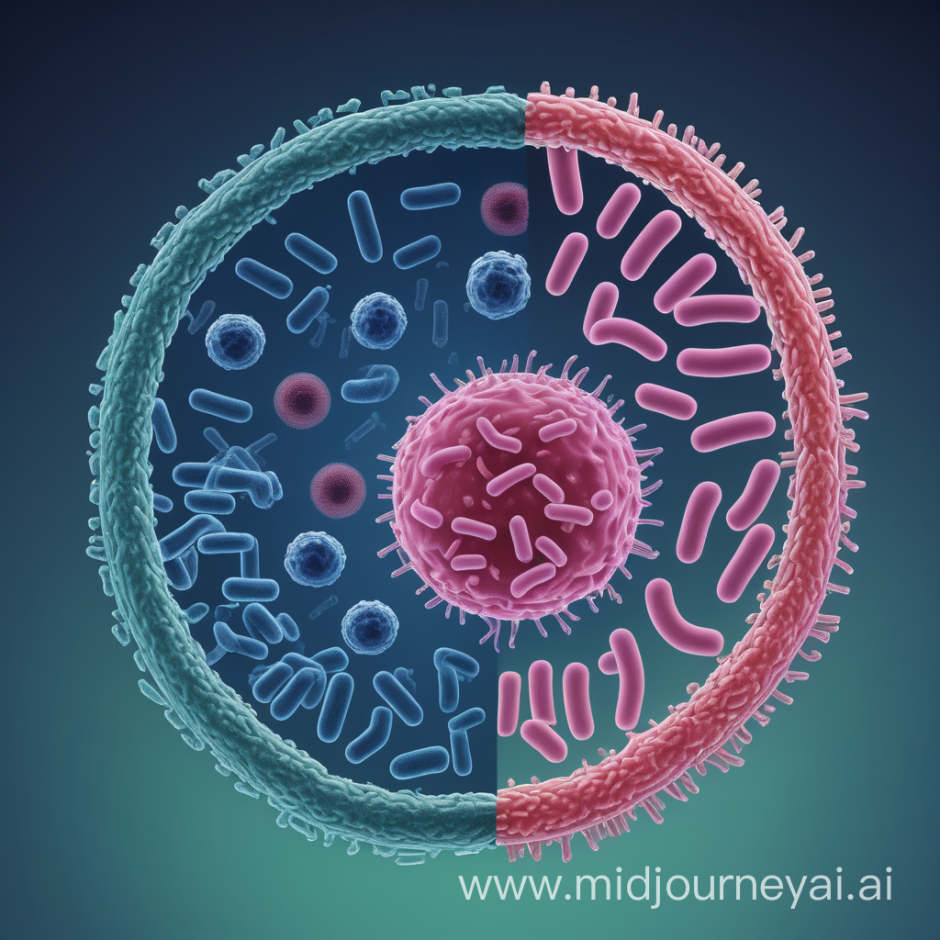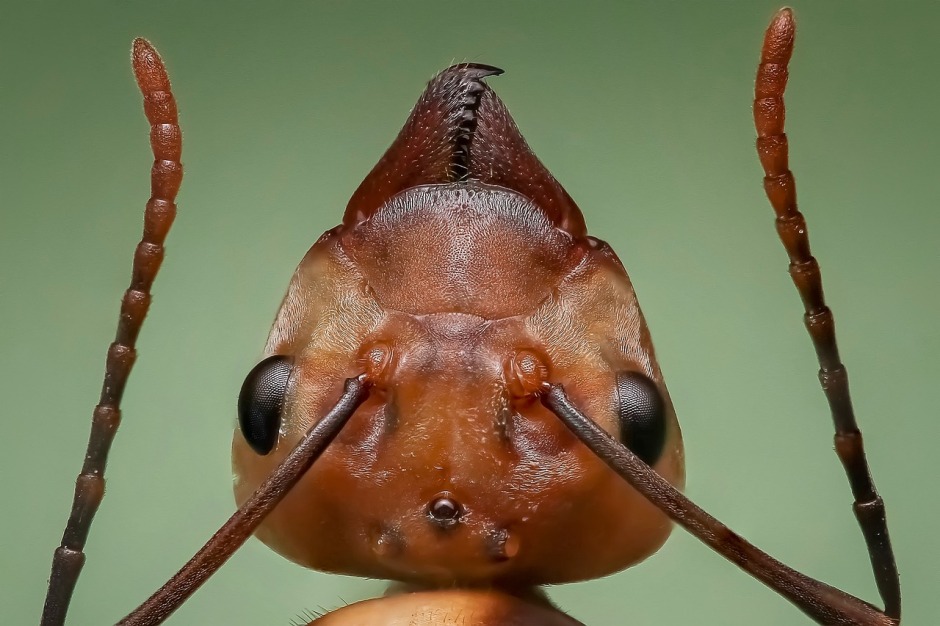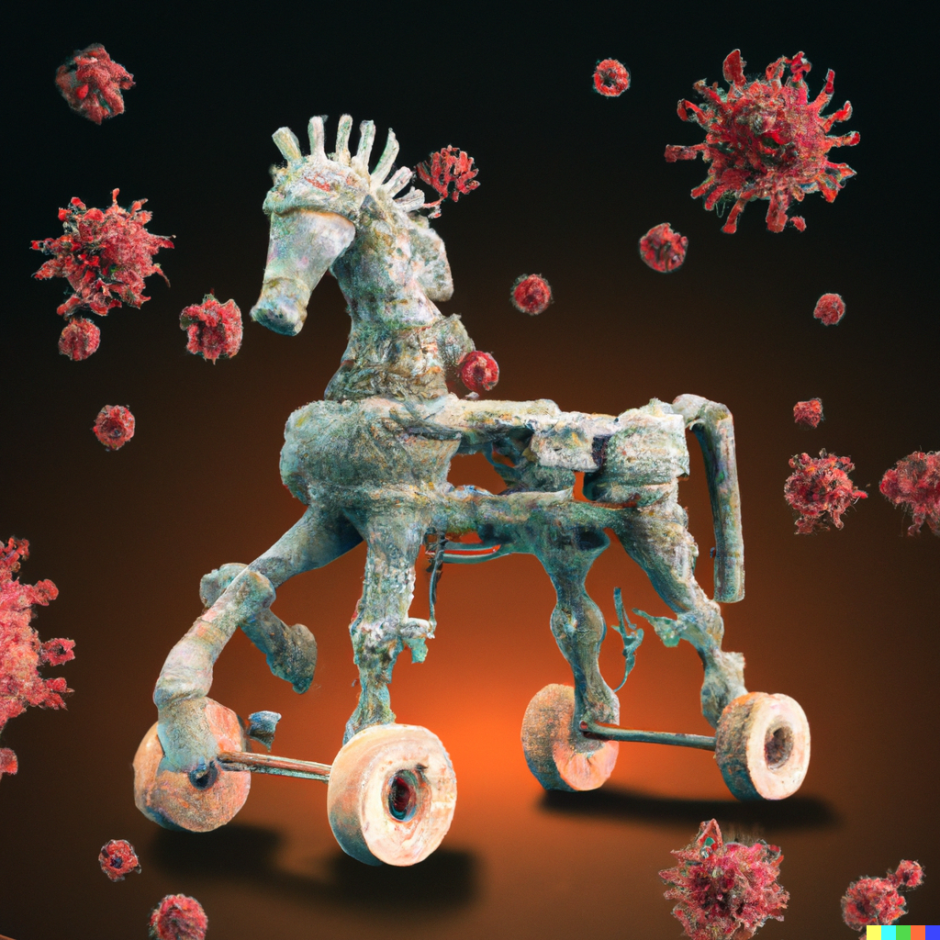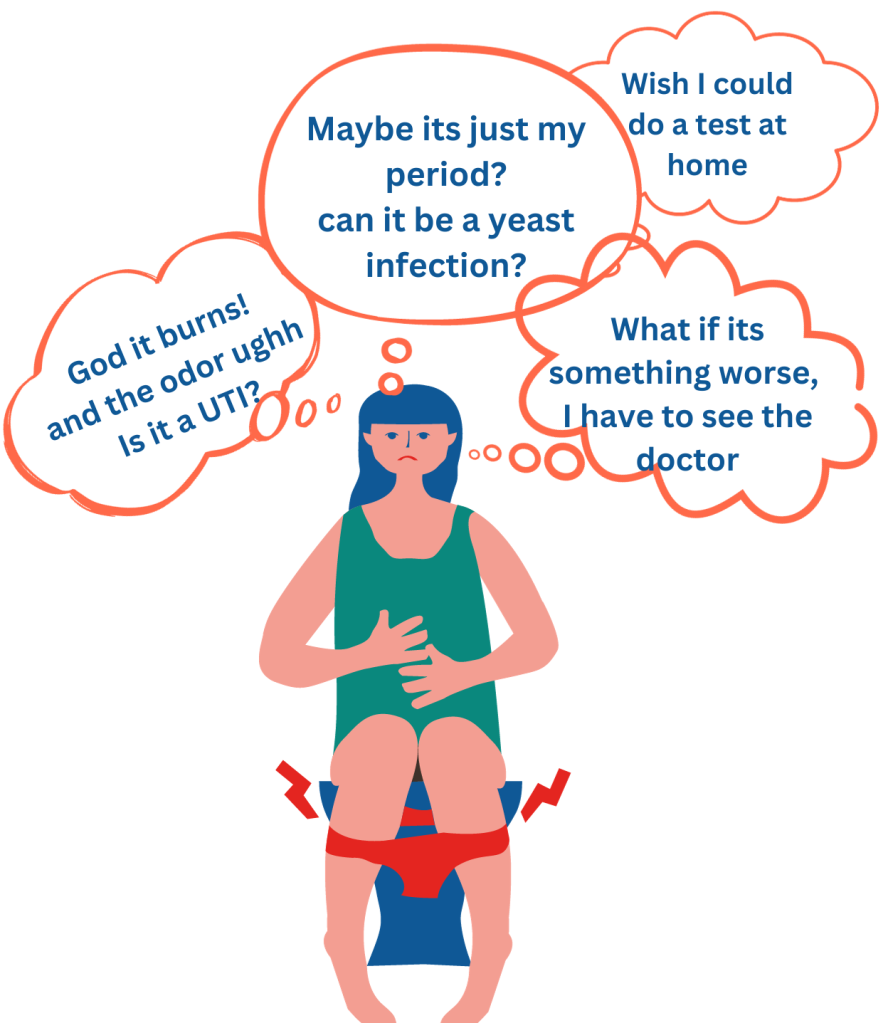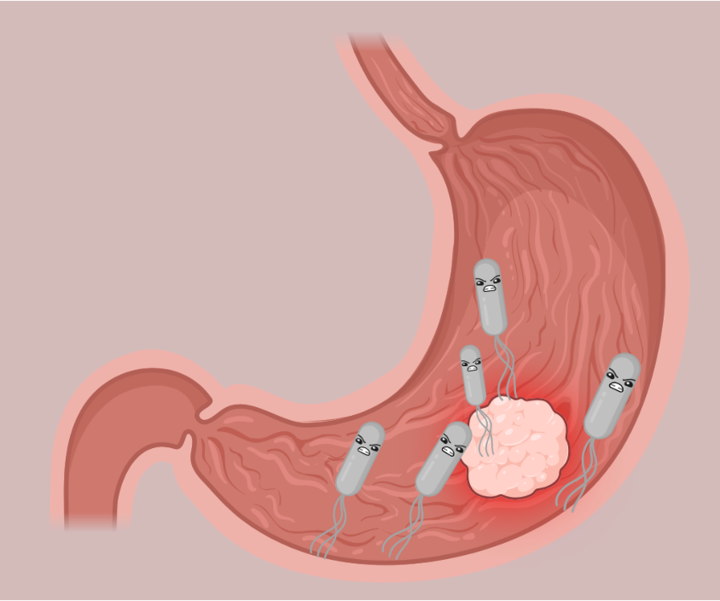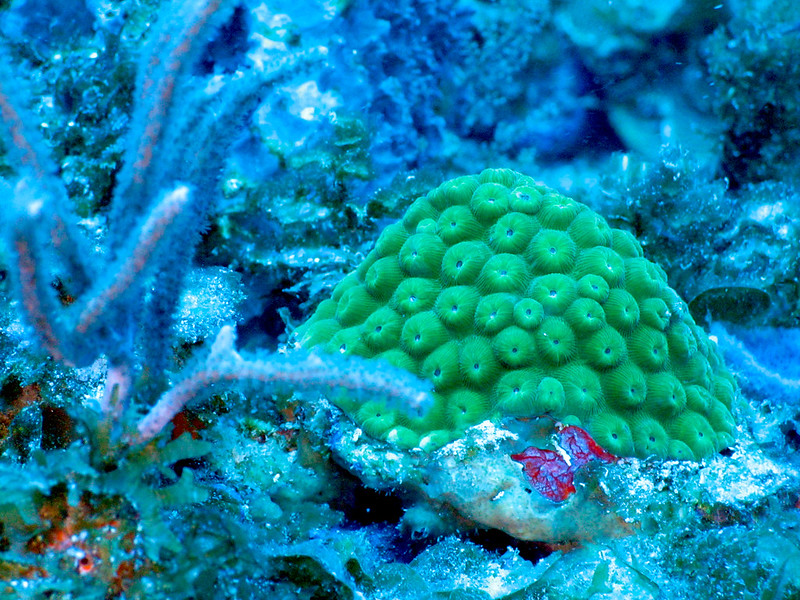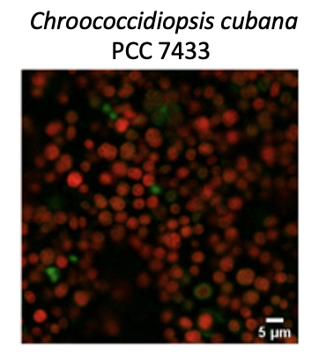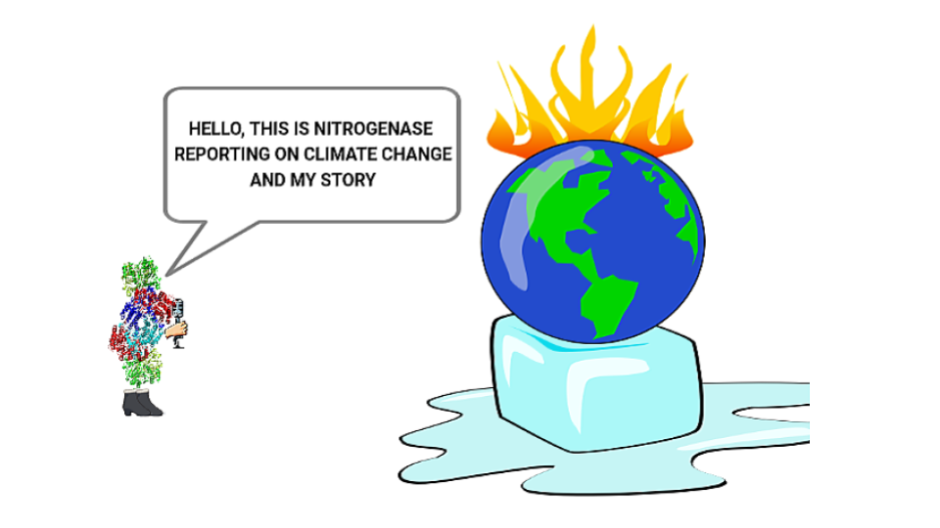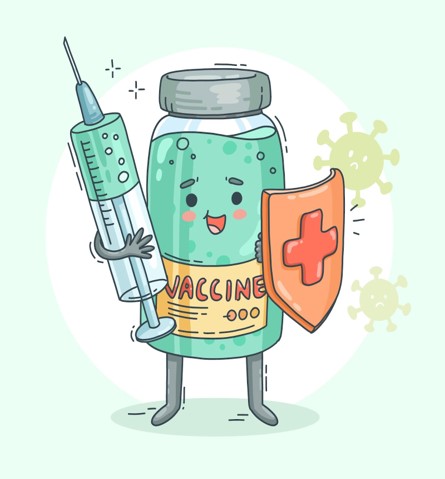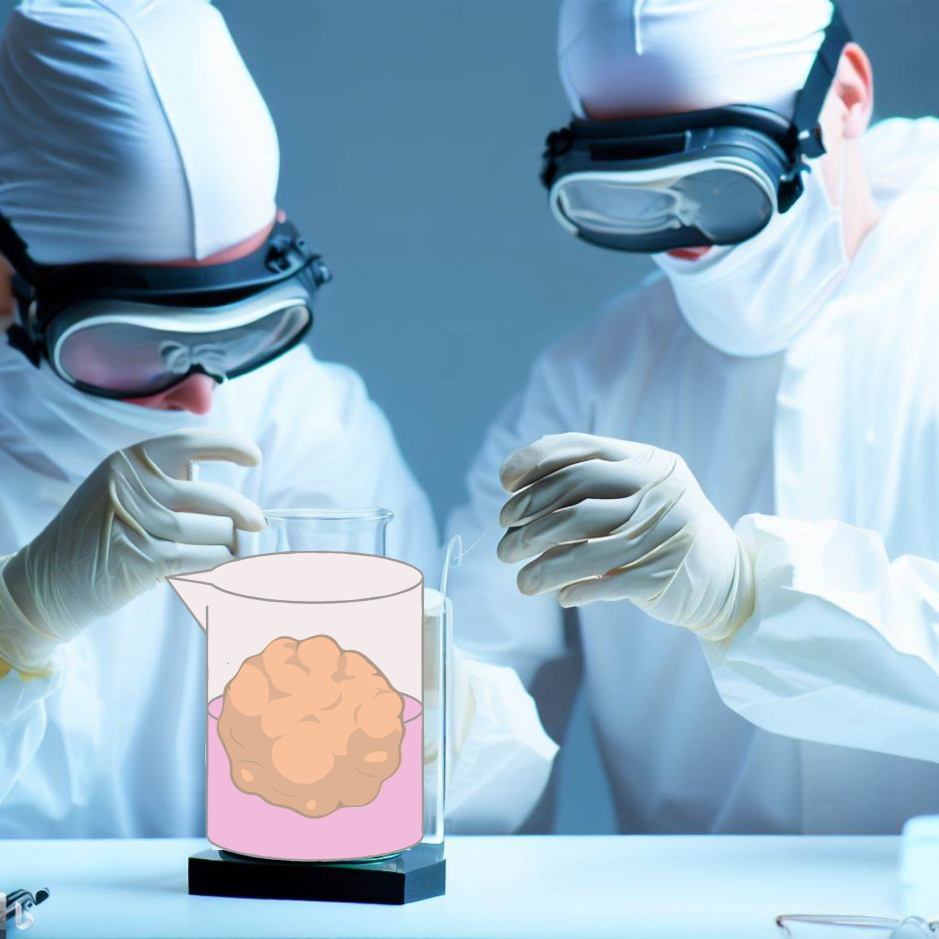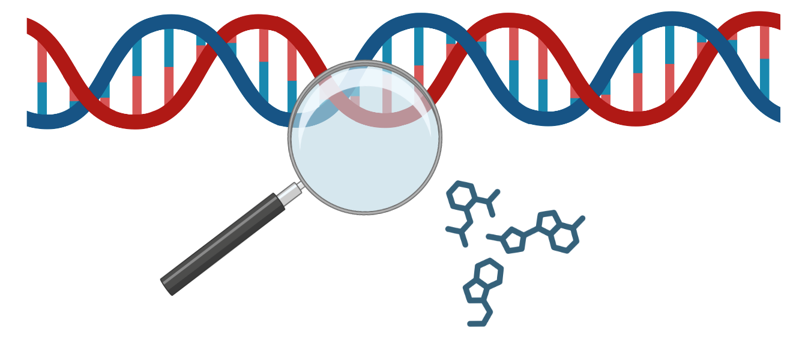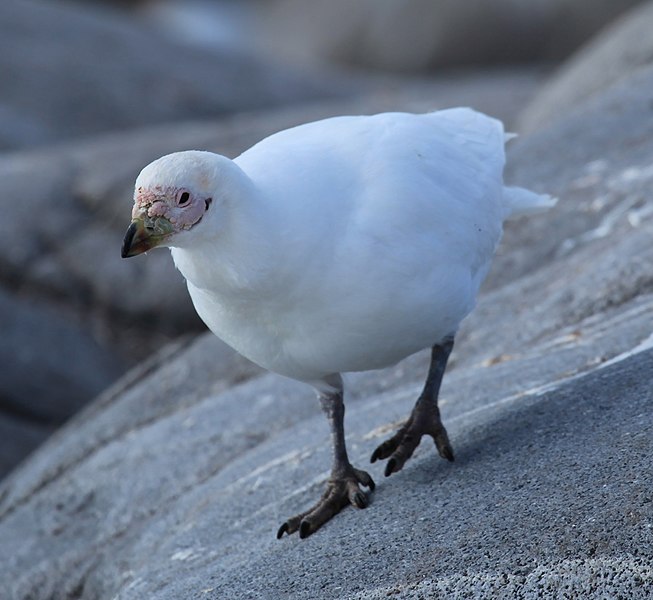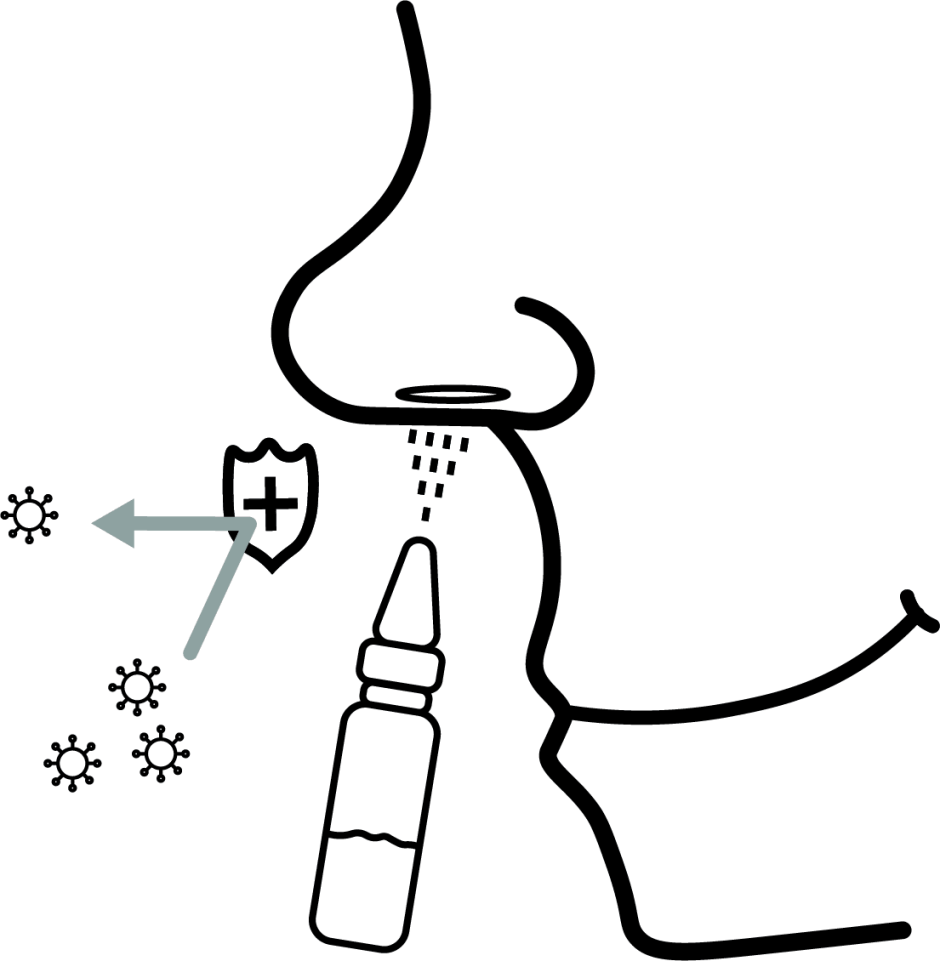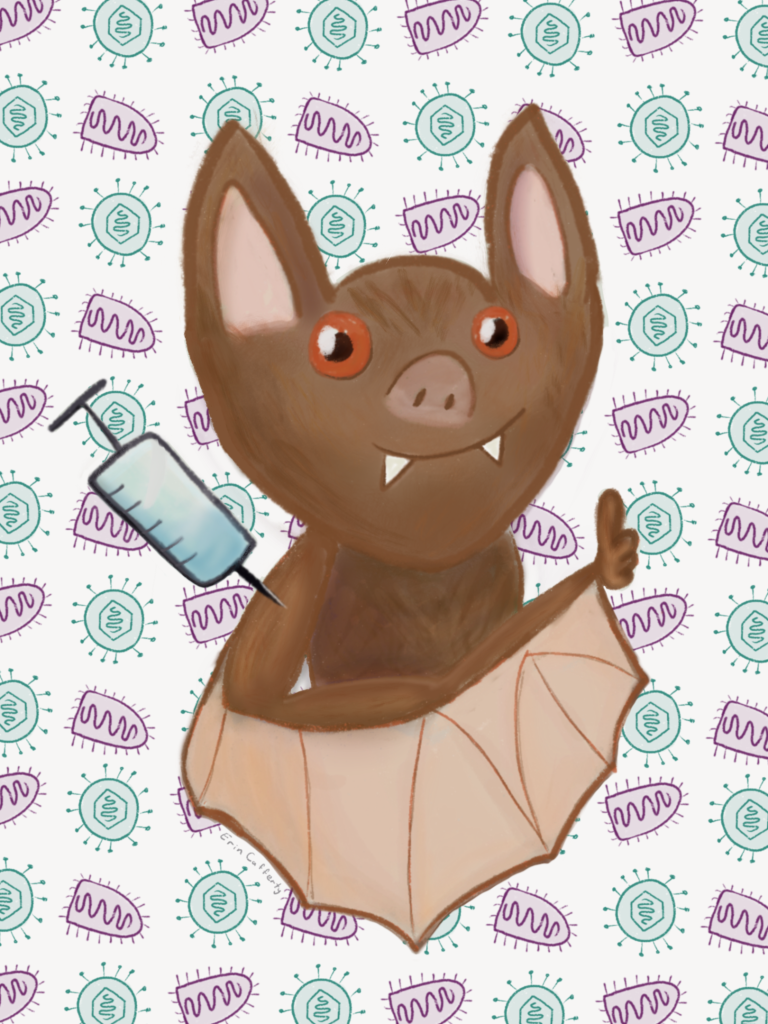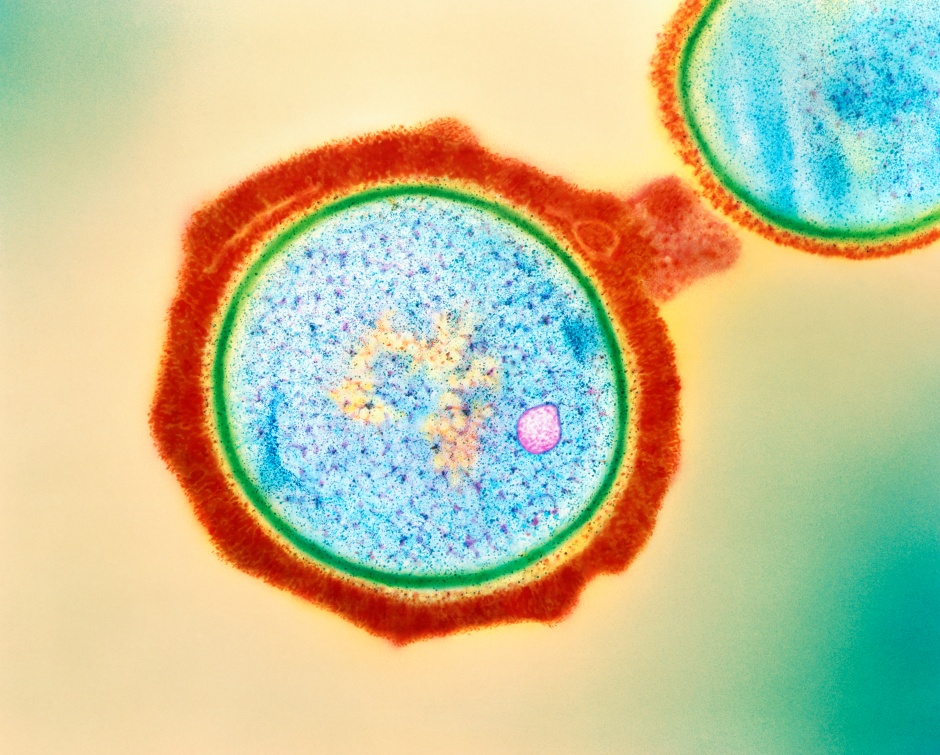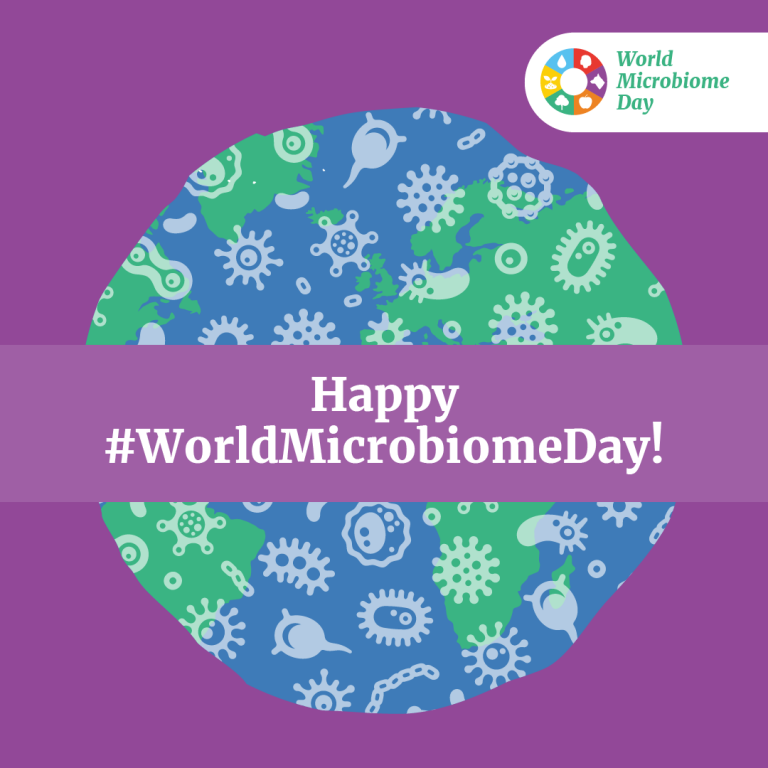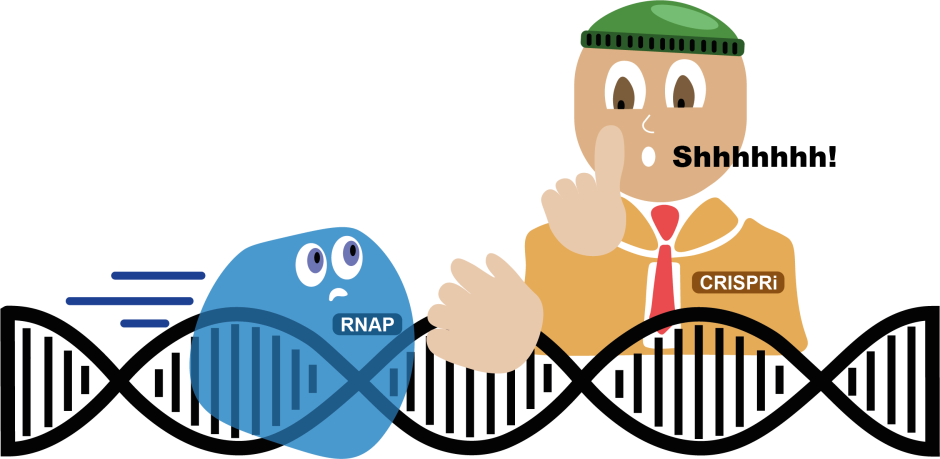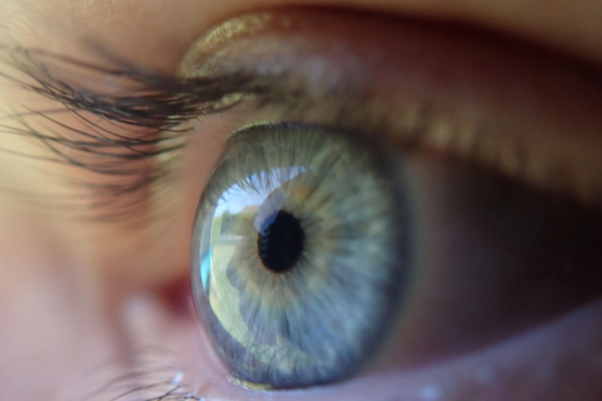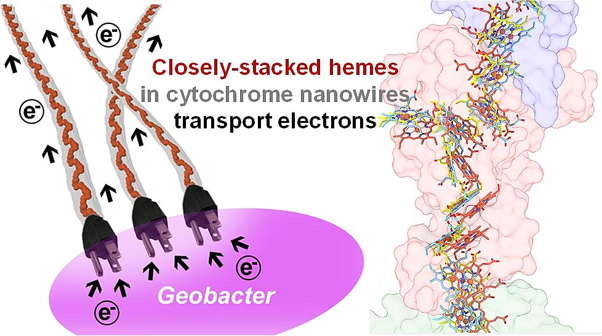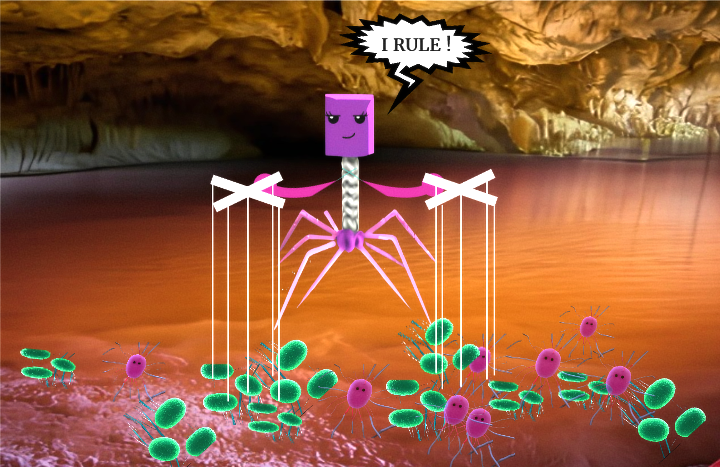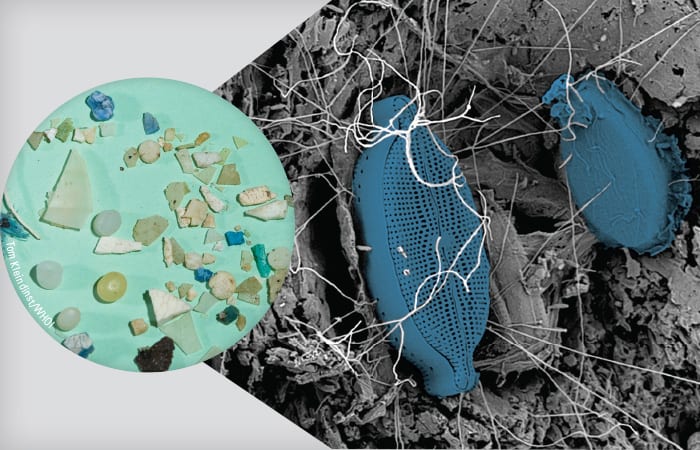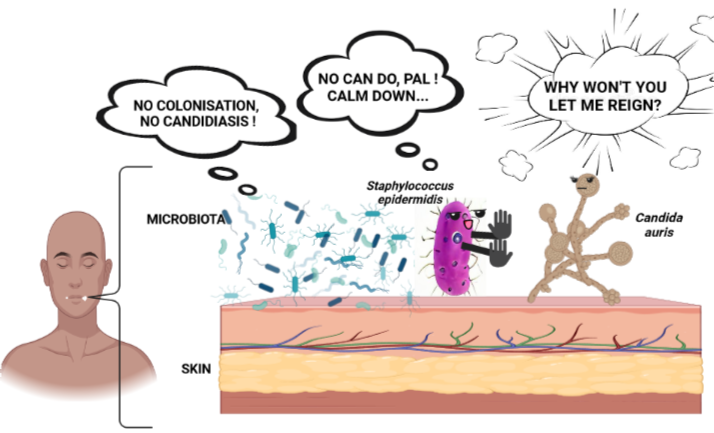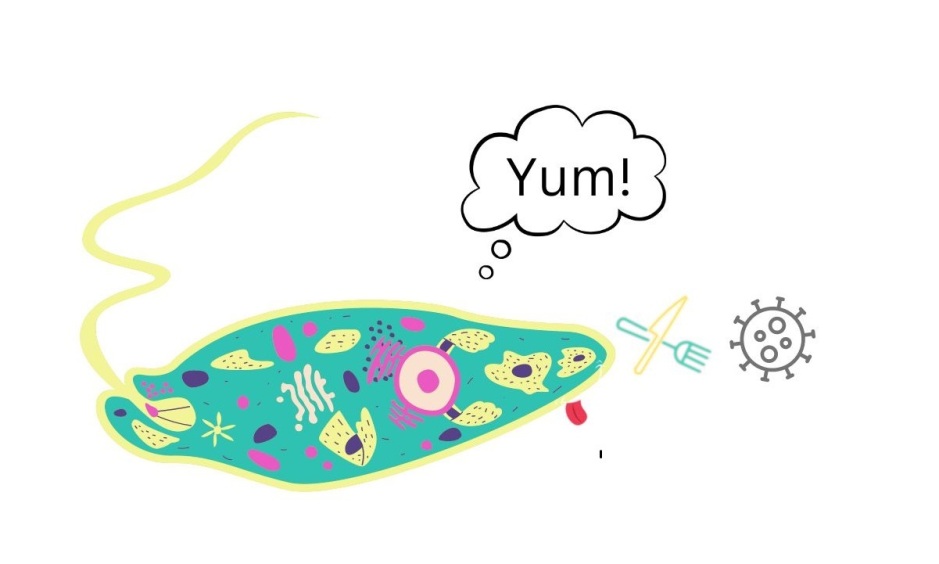
Breaking down the microbiology world one bite at a time
Microbes within us are saying yes to fat! How?
The human body is an abode to many other organisms than just us, which influence our lives in several ways. This study by Lora Hooper’s group describes one such influence of the organisms living in our gut. They found a molecule, Snhg RNA, a long noncoding RNA produced by human epithelial cells (cells that line the surface of the body), which suppresses lipid metabolism, thereby offering protection against obesity.
However, the gut microbes repress its production, perhaps in an attempt to ensure they get enough nutrients to survive. This knowledge is helpful in our fight against obesity, which plagues several countries in the world.
Long noncoding RNAs (lncRNAs), like Snhg RNA, are a special type of biomolecules that carry information related to the regulation of other biomolecules and cellular processes. lncRNA encoded by the Snhg9 gene ( small nucleolar RNA host gene 9) is produced by epithelial cells (a cell type that lines all surfaces in the body, both inside and outside) in the small intestine. This particular lncRNA is of interest because, in the mice under study, the gut microbiota (microorganisms living in the gut) repressed the expression of Snhg9 RNA.
Furthermore, Snhg9 RNA binds to a CCAR2, an endogenous inhibitor of SIRT1, a protein that regulates lipid metabolism by interacting with transcription factors (proteins that help obtain RNA from DNA). Biological processes often involve elaborate interplay of many different factors that act in a network, enabling us to regulate these processes carefully. To simplify, Snhg9 RNA enhances lipid metabolism by binding itself to CCAR2.
However, the presence of microorganisms in the gut enhances dietary lipid absorption, promoting the development of obesity when the mice are fed a diet rich in fats. In contrast, mice without gut microbes are protected from obesity that arises when fed a diet rich in fats. The authors demonstrate that the explanation for this intriguing observation is that when the mice are microbe-free, their cells express Snhg9 RNA, which suppresses lipid metabolism in the cells, preventing them from becoming obese despite eating a diet rich in fats.

The next question that arises is how the microorganisms in our intestines affect the production of lncRNA by epithelial cells. The authors answered this, too! Myeloid cells (cells originating in the bone marrow), such as macrophages or dendritic cells, detect the presence of microorganisms and communicate this to the other cells in the vicinity through a chemical messenger called interleukin 23 (IL-23). In particular, it communicates with ILC3, which are group 3 innate lymphoid cells (another class of immune cells). These ILC3s communicate with intestinal epithelial cells, telling them to repress the production of Snhg9 RNA using interleukin 22 (IL-22), another chemical messenger.
In conclusion, this study reports a new focus on Snhg9 RNA, a crucial molecule in our fight against obesity. This also leaves us with questions: why do the microorganisms within us want our lipid metabolism to be high? Is it perhaps their earnest attempt to ensure they have enough food to survive within us? After all, they do rely on the food we eat. Well, that would be a story for another day!
Link to the original post: The gut microbiota reprograms intestinal lipid metabolism through long noncoding RNA Snhg9. Yuhao Wang, Meng Wang, Jiaxin Chen, Yun Li, Zheng Kuang, Chaitanya Dende, Prithvi Raj, Gabriella Quinn, Zehan Hu, Tarun Srinivasan, Brian Hassell, Kelly A Ruhn, Cassie L Behrendt, Tingbo Liang, Xiaobing Dou, Zhangfa Song, Lora V Hooper. Science 2023
Featured image: “Bacteria in the gut” by National Institutes of Health (NIH) is licensed under CC BY 2.0.
Additional Information:
1) Wikipedia page on lncRNAs – https://en.wikipedia.org/wiki/Long_non-coding_RNA
2) Wikipedia page on transcription factor – https://en.wikipedia.org/wiki/Transcription_factor
3) Wikipedia page on the central dogma of Molecular Biology – https://en.wikipedia.org/wiki/Central_dogma_of_molecular_biology


